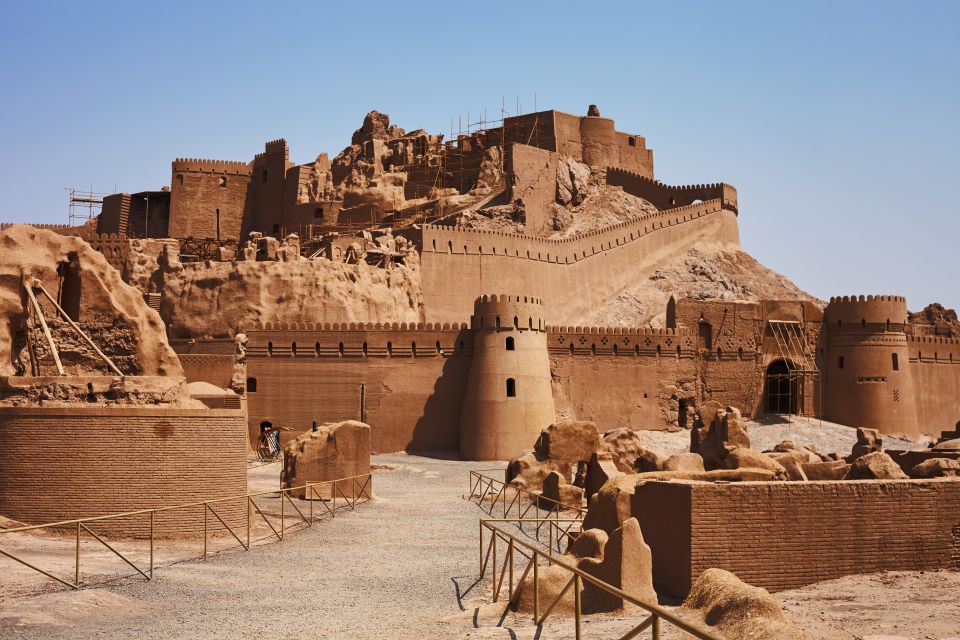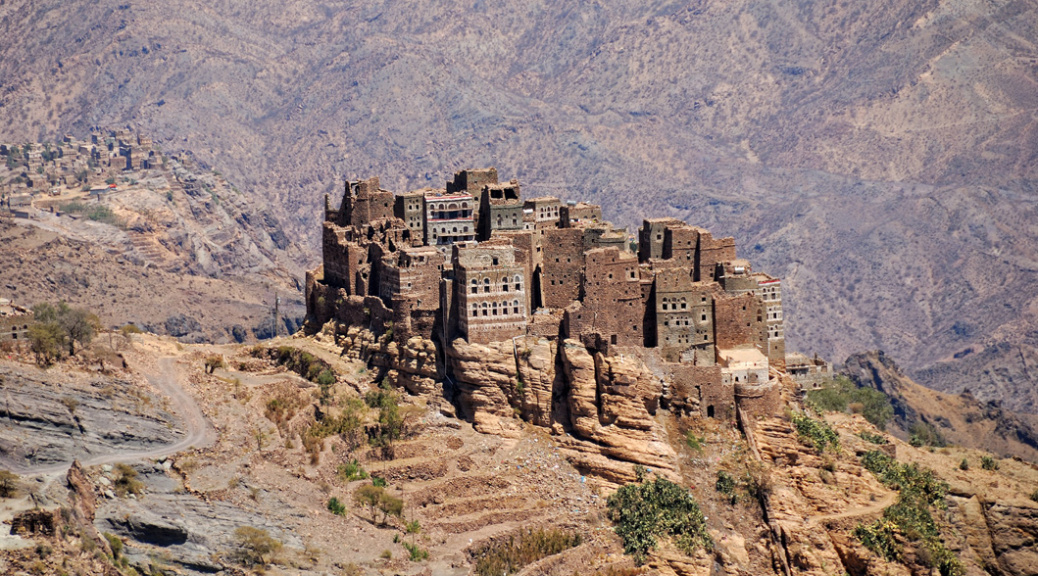Traditional buildings were built in a more basic fashion which allows little ventilation, air movement and high levels of humidity. Keeping your home warm and maintaining good indoor air circulation is difficult but is entirely possible. With the exception of the coldest winter months, most homes are not at risk for significant heat loss. Unfortunately, there is a pressing need to support proactive maintenance and restoration of historical buildings. With proper care and attention, you can enjoy comfortable living in your home for years to come!
Most homeowners are quick to turn to modern materials when problems with traditional buildings arise but the long term effect can be disastrous. Traditional buildings are often built from masonry or brick, and they take on a distinctive character with their distinctive look and feel. This makes them particularly difficult to upkeep given their distinct construction methods.
With modern materials and construction techniques, it is entirely possible to achieve much better effects with less effort and expense in your attempts to preserve historic and traditional buildings. Many modern buildings can mimic the look and feel of authentic masonry construction materials, especially when constructed using modern day insulation techniques. While a modern house might lack the charm of a traditional home, it can still be made to look like one by selecting suitable modern materials, construction techniques and finishing touches.
Traditional architecture was born out of an artistic desire to construct a home that is both appealing and historically accurate. The discipline grew out of architectural and engineering advancements such as those that enabled people to construct sky scrapers, masonry, decorative roofs and walls. As these advancements increased, the emphasis on historic design and accuracy was tempered by the advent of faster and cheaper means of construction. In fact, some architects during this era preferred to use raw materials and primitive methods to do their work due to the prohibitive cost of certain modern construction materials. The end result was homes that are very similar to the ones that existed in centuries past.
Architectural styles throughout the ages varied significantly, as did the materials used for their construction. While many buildings from this era used stone, clay or timber, there were some who utilized other materials such as brass or aluminum. The influence of historicism can still be seen today, particularly in the forms of eco-friendly architecture and design. These designs use materials that are sustainable and environmentally friendly, often utilizing recycled or alternative sources of energy and materials. Many modern architects are following in the footsteps of historicists by using the natural beauty and shapes of stones and brick in their designs. These elements lend an historic charm to any home.
In summary, the development of architectural styles throughout the nineteenth century can generally be grouped into two main eras, the early and the late nineteenth century. The historicist architectural style was introduced as an alternative to the more ornate and pretentious Romantic architectural style. The more experimental and non-traditionalist approach to building was introduced around the turn of the twentieth century, most notably with the erection of the Berlin Wall. However, no single style can properly be called a genre; instead each genre can most appropriately be called a style.


